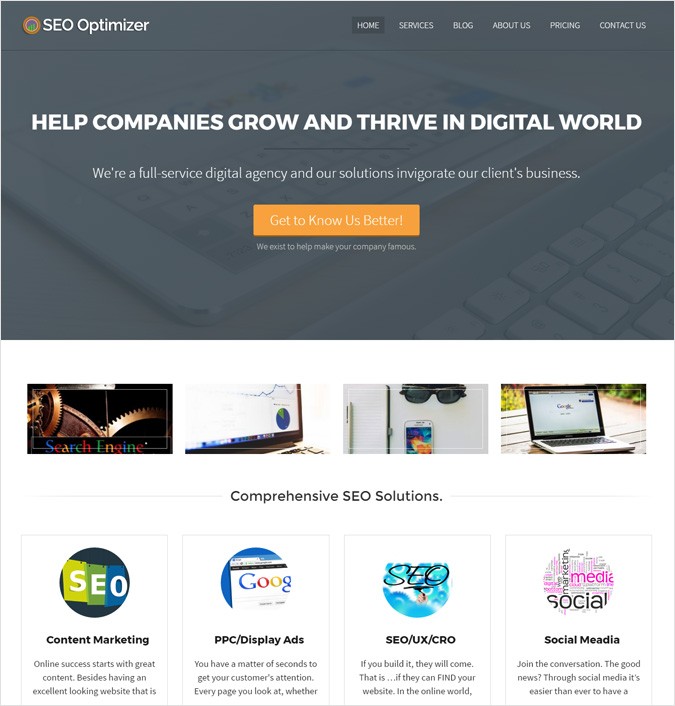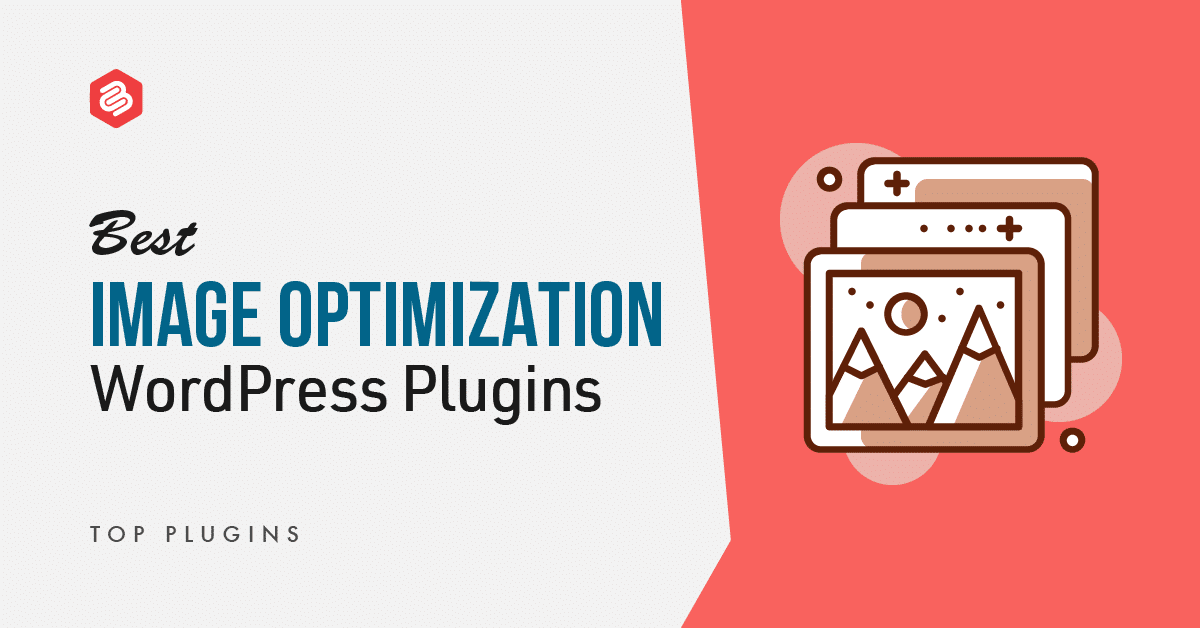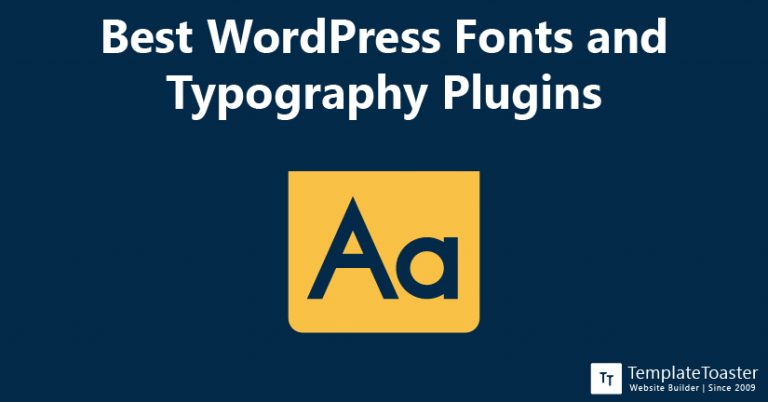

These image types are 26% smaller in size when compared to PNGs. Using WebP, you can create pictures that load fast and look good at the same time. WebP is an image format that provides lossy and lossless compression for images on the web. It is used in blog posts and product images. These images can be effectively compressed, making them of much smaller size. jpeg are the most common image formats used online. The image format is best used for lower resolution images such as banners, screenshots and infographics. png image files have high image quality but are large files. While all these work on web pages, each format suits specific needs. The four main formats of the image on the web are: PNG, JPEG, WebP and GIF. Understanding the difference between these formats lets you know which one to use in which situation. Various kinds of image formats exist on the web. Check out this post from Adobe for more information on the subject.

This is quite an involved topic so I won’t go too deep here. This compression is achieved by removing unnecessary data from files in a slightly different way. Lossless compression is when the size of the image is reduced without any quality loss. While there is a slight degradation in quality, it’s usually not noticeable on the web or on small screens. Most image editors are intelligent enough to identify what data is essential and what isn’t.


Lossy compression is the image compression technique in which the file size is reduced by discarding non-essential information. When it comes to compression, there are two different types: lossy and lossless compression. High resolution images are large in size and can dramatically affect the page loading speed. Image compression minimizes file size (in bytes) without degrading its quality. Let’s have a look at what you can do to optimize images on your WordPress website: Image Compression Source: imagekit.io 4 Tips To Optimize Images for WordPress Websites I’ll also explain how you can optimize images for search engines. I’ll provide insight into what image optimization is, why it’s necessary, tips to optimize images, and a detailed guide on how to do so. I’ll be sharing different ways to optimize WordPress images. Your website loads faster, gives a better user experience and helps improve SEO.ĭo you want to learn to optimize WordPress images so you can use them wherever you like without them slowing your site? When optimized correctly, images can increase engagement without compromising performance. Optimizing images can work wonders for your WordPress website. Statistics show that images occupy 21% of your webpage’s weight. Without images, your website is just a wall of text and who wants that?īut images can bring a challenge to websites. They add interest and engage your audience in a much more organic way. Images are vital to breaking the monotonous look of a website.


 0 kommentar(er)
0 kommentar(er)
